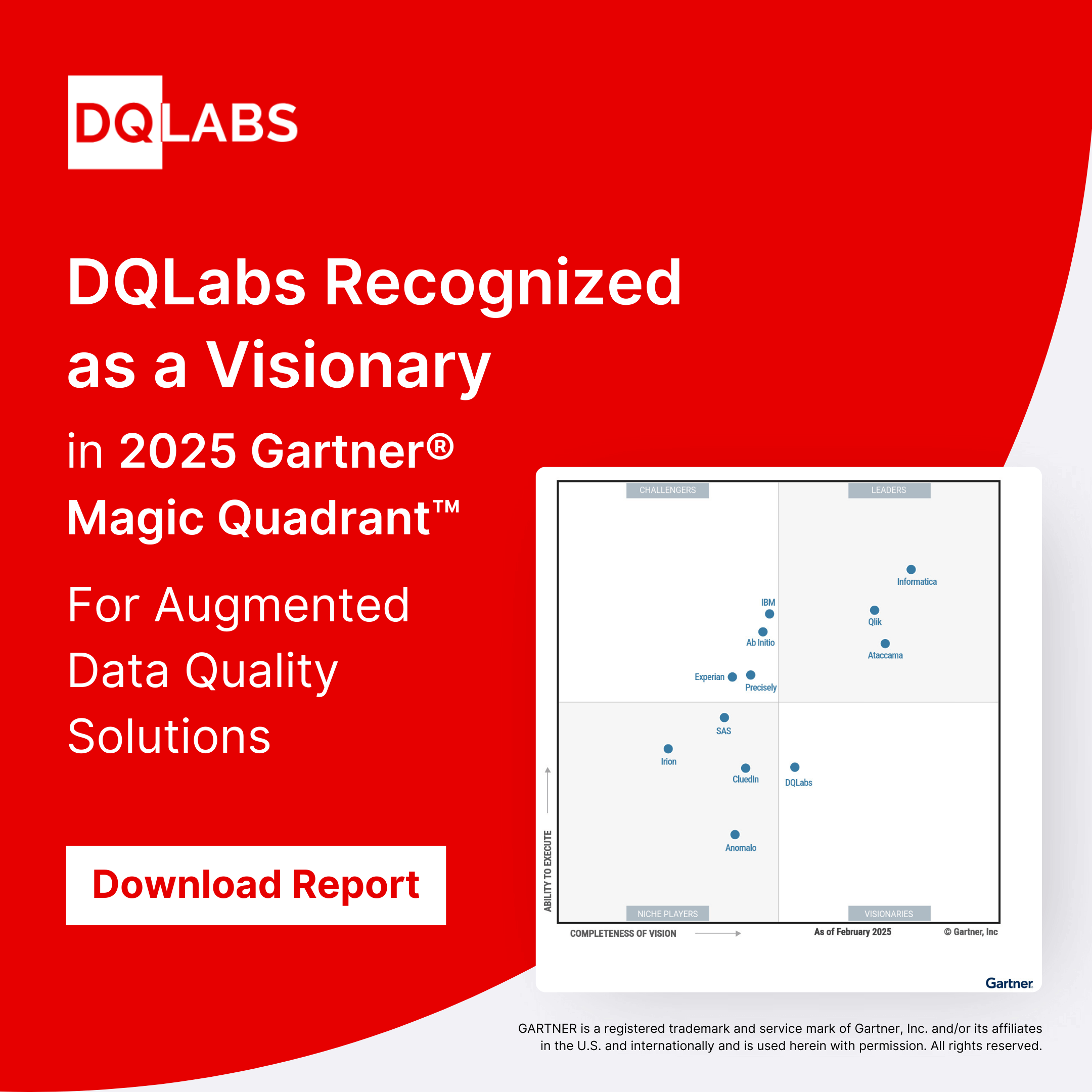With the continuous increase of technology companies worldwide, the quantity of data is increasing just as quickly. Business analytics is not the quantity of the data that matters; it is quality. Data profiling has emerged as a critical commodity tool viewed as a set of technical tools that can support numerous information management programs, including data quality assessment, data quality validation, metadata management, data integration and transformation processing, migrations, and modernization projects.
Value of your data depends on how well you profile it. Today, only about 3% of data meets quality standards. That means poorly managed data is costing companies millions of dollars in wasted time, money, and untapped potential.
Data profiling helps your team organize and analyze your data to yield its maximum value and give you a clear, competitive advantage in the marketplace. In this article, we explore the process of data profiling and look at the ways it can help you turn raw data into business intelligence and actionable insights.
What is Data Profiling?
Data profiling is assessing the quality and structure of data sources, so you have a complete, 100 % accurate picture of your data. Data profiling verifies that data columns are populated with the types of data you expect. If a profile reveals problems in data, you can define steps in your data quality project to fix those problems. Data profiling promotes good data governance.
It involves:
- Collecting descriptive statistics like max, min, sum, and count.
- Collecting data types, recurring patterns, and length.
- Tagging data with keywords, categories, or descriptions.
- Conduct data quality assessment, risk of performing joins on the information.
- Discovering metadata and checking its accuracy.
- Identifying distributions, embedded key values, functional dependencies, foreign-key candidates, key candidates, and performing inter-table analysis.
Types of data profiling
Structure discovery
Confirming that data is consistent and formatted correctly, and performing mathematical checks on the data (for example minimum or sum). Structure discovery aids in understanding how well data is structured.
Content discovery
Checking individual data records to discover errors. It identifies which specific rows in a table contain issues and which systemic problems occur in the data.
Relationship discovery
Identifying how parts of the data are interrelated. For example, critical relationships between database tables, references between cells, or tables in a spreadsheet. Understanding relationships is crucial to reusing data; related data sources should be united into one or imported in a way that preserves relationships.
Why is Data Profiling Important?
Better data quality and credibility
Once data has been analyzed, the application can help eliminate duplications or anomalies. It can determine helpful information that could affect business choices, identify quality problems within an organization’s system, and draw certain conclusions about the future health of a company.
Predictive decision making
Can use profiled information to stop small mistakes from becoming big problems. It can also reveal possible outcomes for new scenarios. Data profiling helps create an accurate snapshot of a company’s health to inform the decision-making process better.
Proactive crisis management
Data profiling can help quickly identify and address problems, often before they arise.
Organized sorting
Most databases interact with a diverse set of data that could include blogs, social media, and other big data markets. Profiling can trace data to its source and ensure proper encryption for safety. A data profiler can then analyze those different databases, source applications or tables, and assure that the data meets standard statistical measures and specific business rules.
Understanding the relationship between available data, missing data, and required data helps an organization chart its future strategy and determine long-term goals. Access to a data profiling application can streamline these efforts.
Data profiling challenges
It is often tricky due to the utter volume of data you’ll need to profile. This is majorly true if you are looking at a legacy system. A legacy system may have years of older data with thousands of errors.
If you manually perform your data profiling, you’ll need an expert to run a number of queries and go through the results to gain meaningful insights about your data, which can utilize precious resources. Additionally, you might only check a subset of your overall data because it is too time-consuming to go through the entire data set.
Conclusion
As more companies store enormous amounts of data in the cloud, the need for effective data profiling is more important than ever. Cloud-based data lakes already allow companies to store petabytes of data. The Internet of Things is expanding our capacity for data by collecting vast amounts of information from an ever-evolving range of sources, including our homes, what we wear, and the technologies we use.
Staying competitive in the modern marketplace driven by cloud-native big data capabilities means being equipped to harness all that data. From maintaining data compliance standards to creating a brand known for outstanding customer service, data profiling is the hinge between success and failure in managing data stores.
